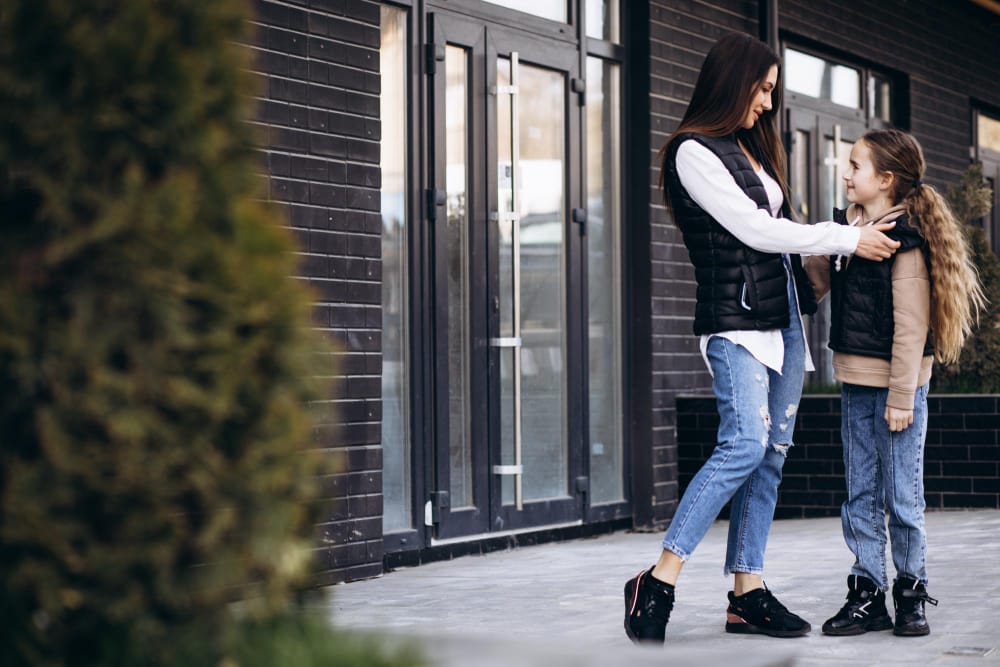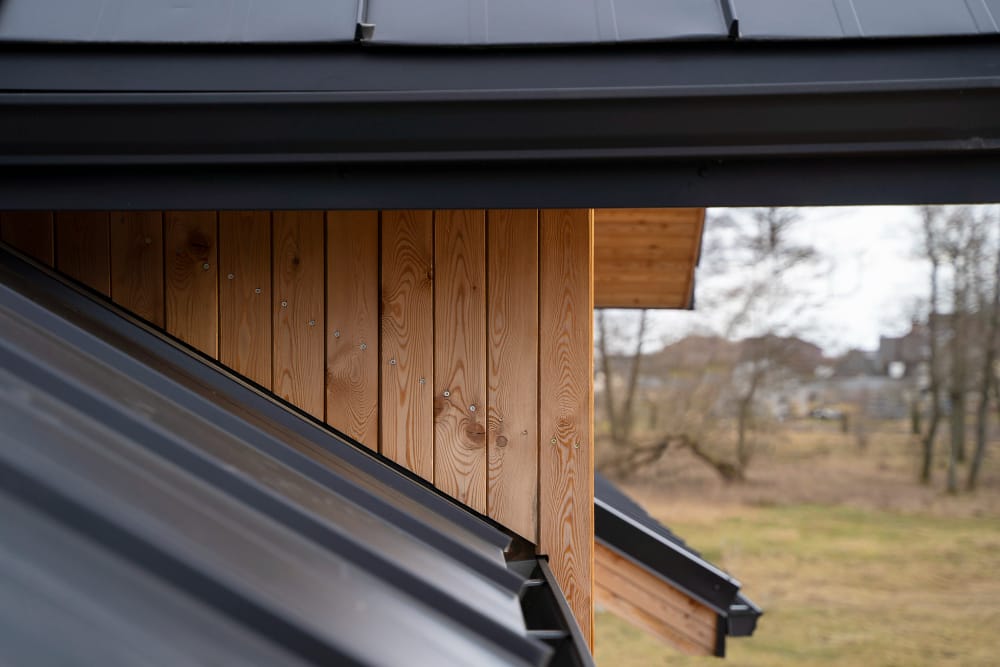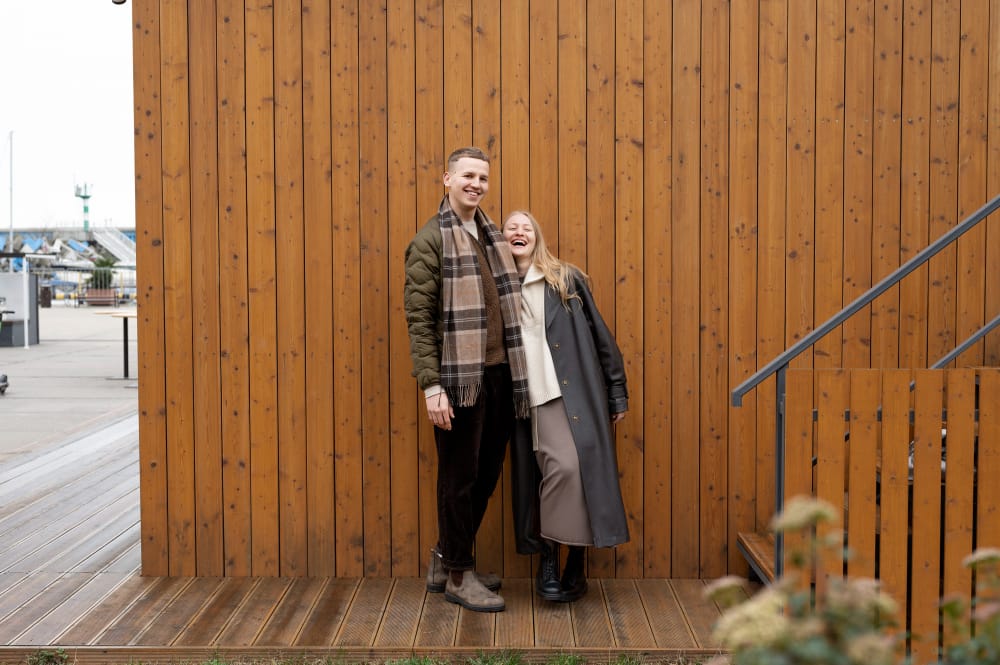As homeowners prioritize durability and curb appeal, fiber cement products like Hardie board have become a popular choice for exterior remodeling projects. But does the material live up to its reputation in long-term performance, cost, and maintenance?
This advantages and disadvantages of Hardie plank siding report examines real-world data, field insights, and 2025 material advancements to help you decide whether Hardie board is the right fit for your home.
Material Overview
Hardie board siding is a composite material made from Portland cement, sand, and cellulose fibers. It’s engineered to replicate the texture of natural wood while offering resistance to fire, moisture, and pests.
According to Remodeling Magazine’s 2024 Cost vs. Value Report, fiber cement siding offers one of the highest ROIs in exterior remodeling, recouping about 88–91% of its installation cost upon resale.


The Pros of Hardie Board Siding
1. Exceptional Durability
Hardie board stands out for its strength and resilience. It withstands harsh climates, from humid coastal regions to dry desert environments.
Resistant to warping, cracking, and rotting.
Holds up against wind speeds of up to 130 mph when properly installed.
2. Fire and Pest Resistance
Fiber cement is non-combustible, offering an additional layer of safety. Unlike wood, it won’t attract termites or carpenter ants — a long-term advantage for structural preservation.
3. Low Maintenance, High Payoff
Unlike wood siding that needs frequent repainting, Hardie board requires touch-ups only every 10–15 years. A simple pressure wash once a year keeps it looking new.
4. Aesthetic Versatility
Available in various textures, widths, and finishes, Hardie board suits both traditional and contemporary homes. You can even combine smooth lap siding with shingle or panel accents for modern contrast.
5. Excellent ROI
The material not only improves appearance but also boosts resale value. A well-installed Hardie board exterior often enhances appraised property value by 5–10%.



The Cons of Hardie Board Siding
1. Higher Initial Cost
Installation costs average $12–$16 per square foot, compared to $6–$9 for vinyl siding. However, its longevity and low maintenance often offset the upfront expense.
2. Heavier and Labor-Intensive
Fiber cement is denser than vinyl or engineered wood, requiring skilled contractors for proper fastening and waterproofing. DIY installation isn’t recommended.
3. Potential for Moisture Damage (If Improperly Installed)
Though resistant to rot, trapped moisture behind panels can cause long-term issues. Correct flashing, sealing, and spacing are critical for success.
4. Limited Insulation Value
R-value (thermal resistance) is lower than wood-based siding. Most homeowners add an insulation layer beneath to improve efficiency.
Cost Comparison: Fiber Cement vs. Alternatives
| Material | Avg. Cost per sq. ft. | Lifespan | Maintenance | ROI |
|---|---|---|---|---|
| Fiber Cement (Hardie Board) | $12–$16 | 30–50 years | Low | 88–91% |
| Vinyl Siding | $6–$9 | 20–30 years | Very Low | 70–75% |
| Engineered Wood | $8–$12 | 25–40 years | Moderate | 78–82% |
| Natural Wood | $10–$14 | 20–35 years | High | 65–70% |
Hardie board holds the upper hand in ROI and durability but demands higher installation expertise.
Don’t wait!
Contact us today to schedule your consultation and see how Oakland Elite Siding can transform your home’s exterior into something truly stunning!
2025 Design Trends
Designers are pairing fiber cement siding with bold trim contrasts and natural elements like stone veneers or composite decking. Homeowners are also exploring interior continuity — matching exterior tones with modern laminate plank looks in entryways and kitchens for seamless design flow.
Builder’s Notes
Hardie board siding offers one of the best long-term values in exterior remodeling — blending resilience, safety, and design versatility. For homeowners willing to invest in quality installation, it delivers decades of durability with minimal upkeep.
👉 Think of it as an exterior built for endurance — beautiful, reliable, and engineered for California’s diverse climates.
